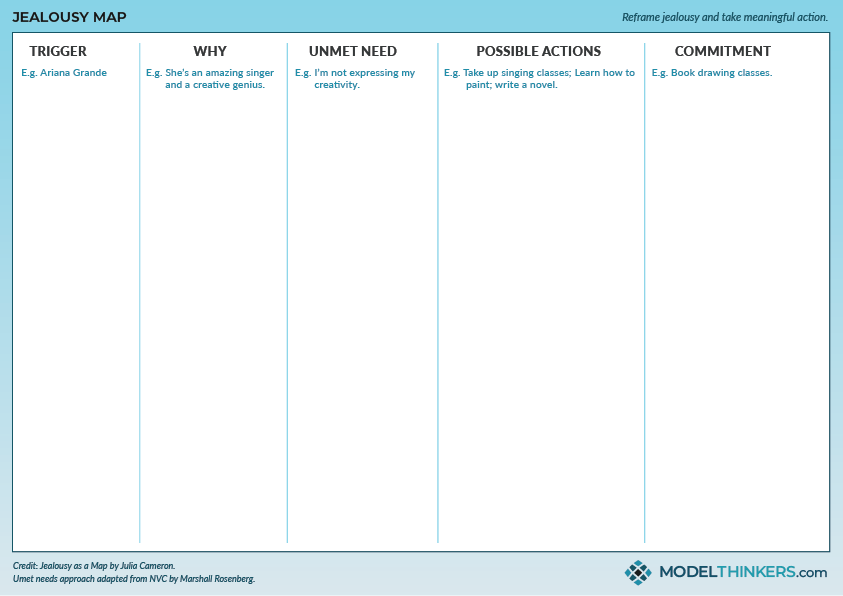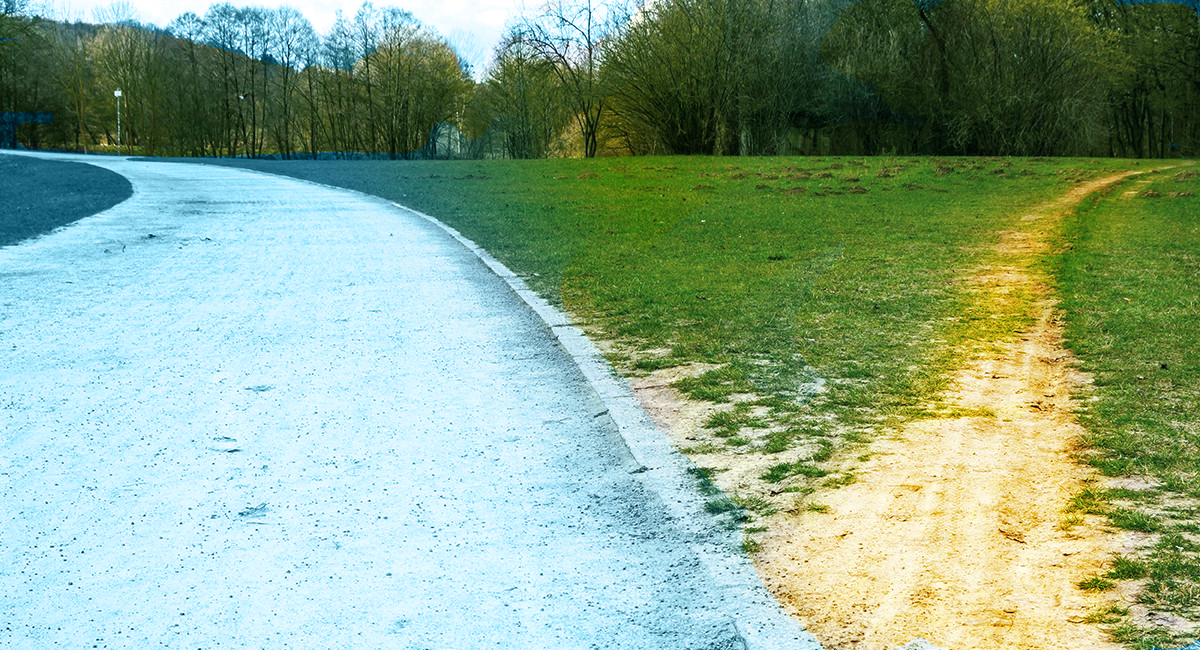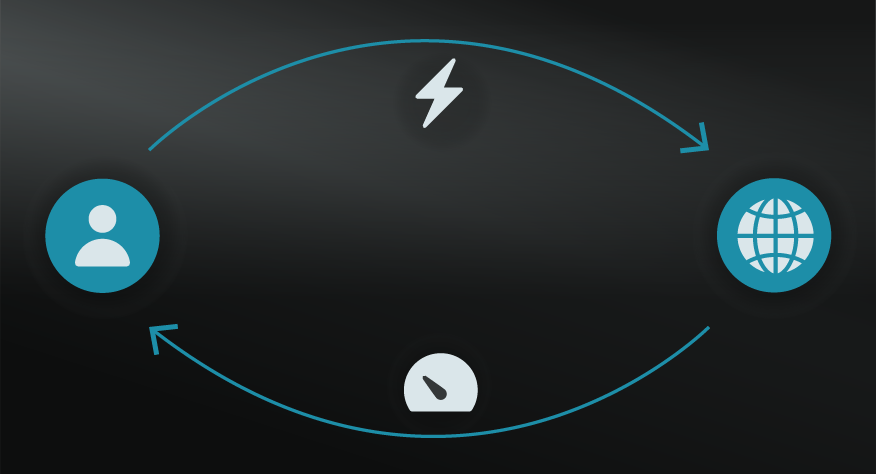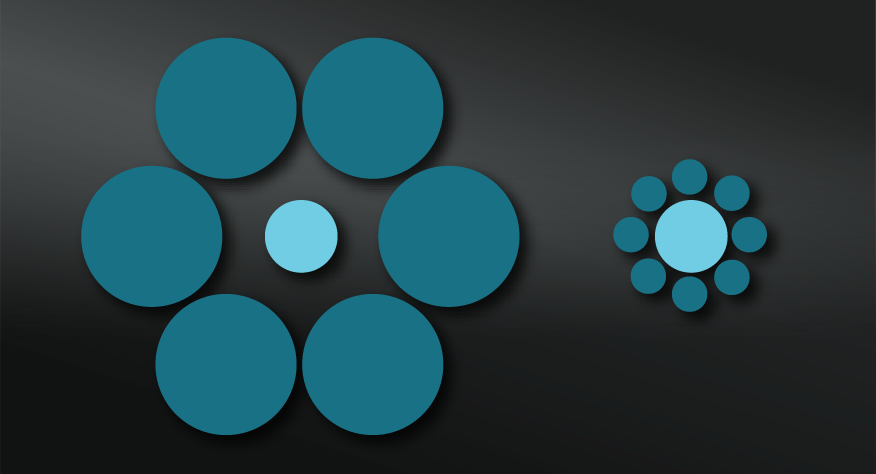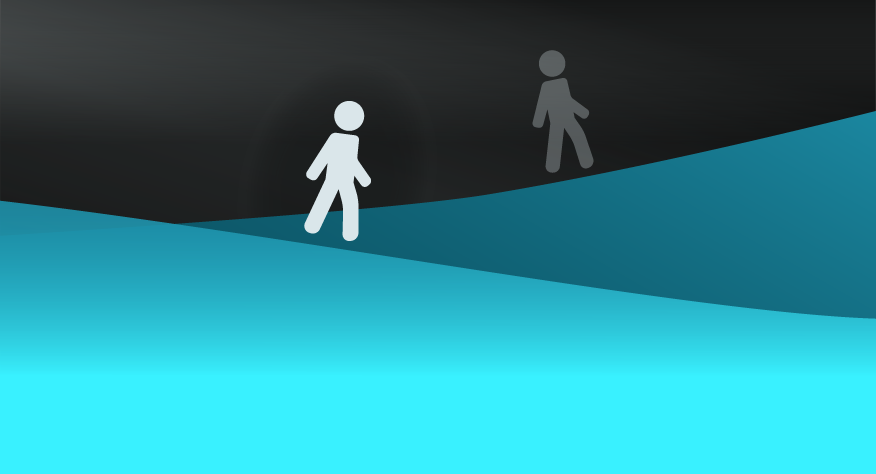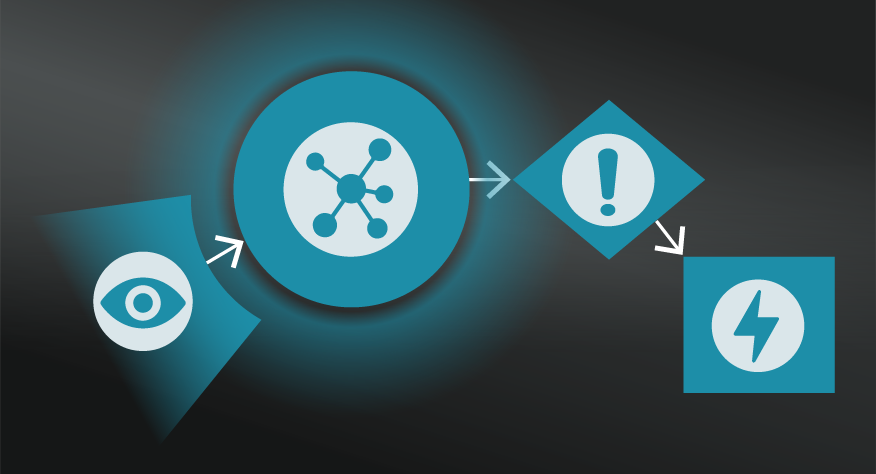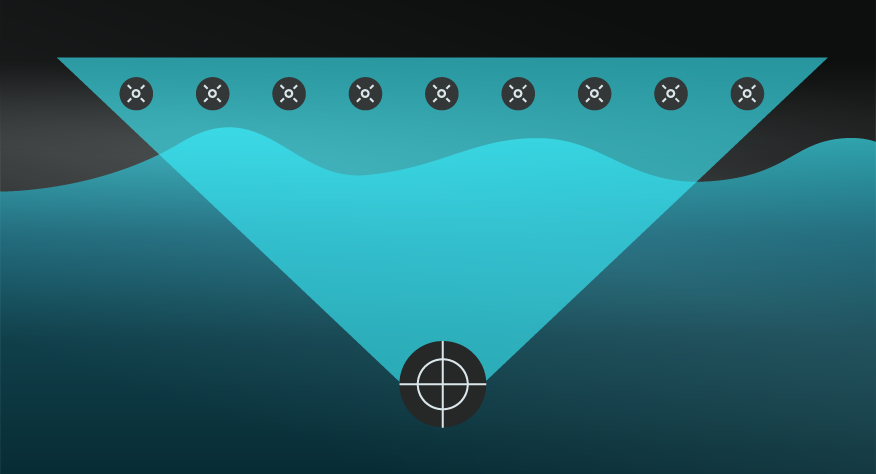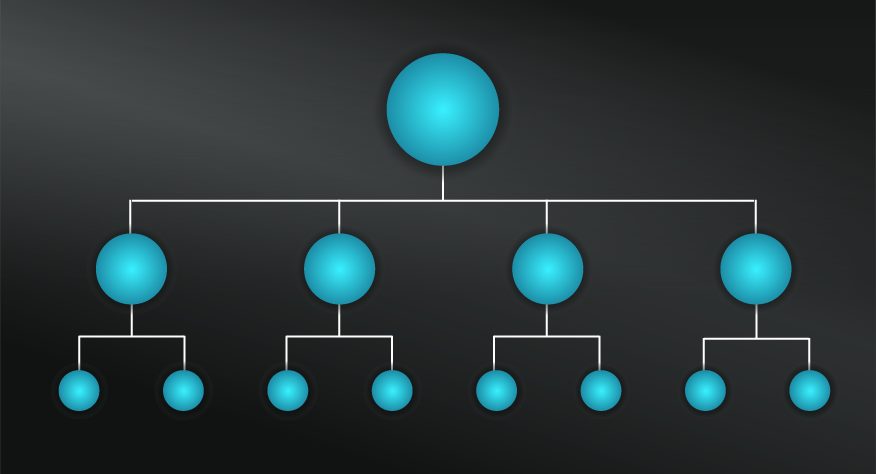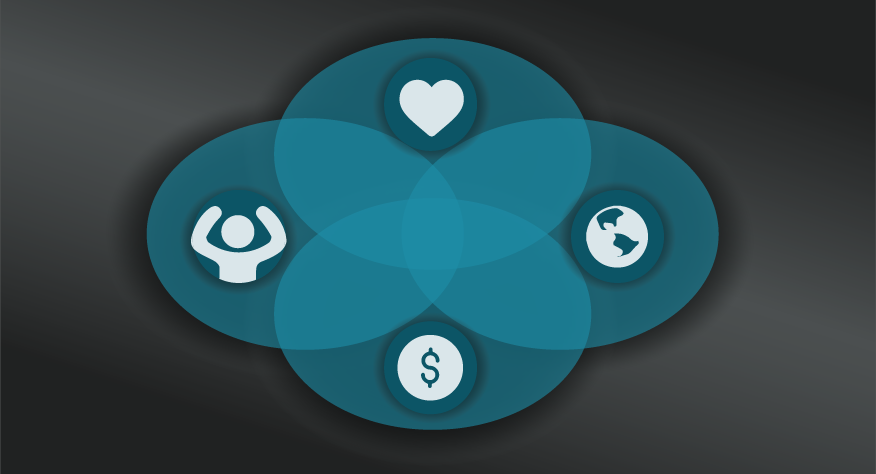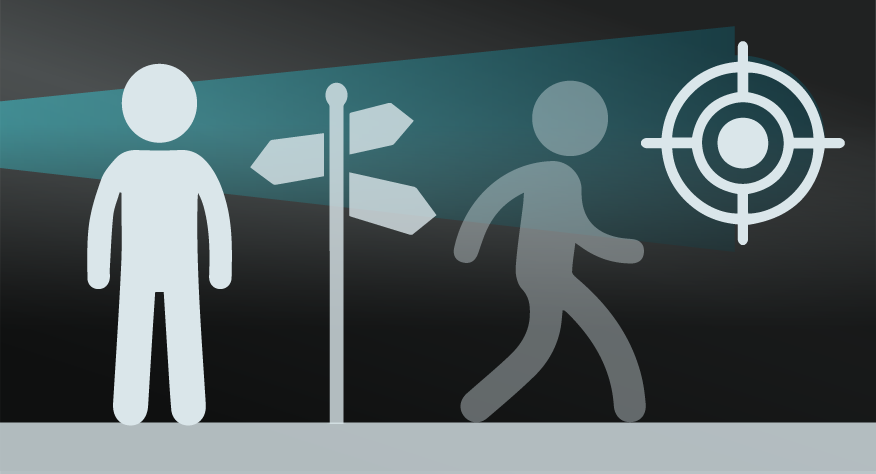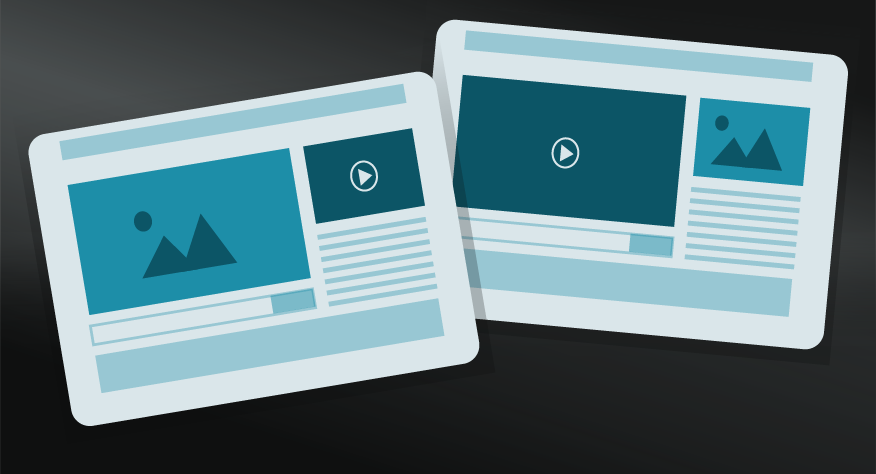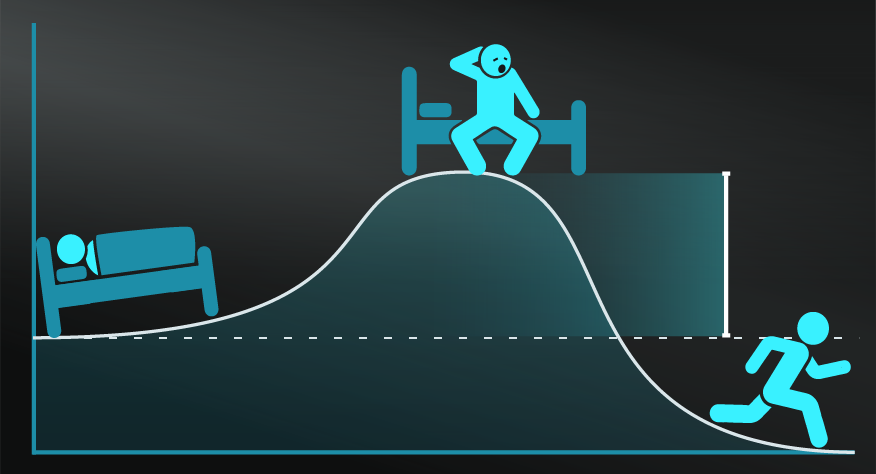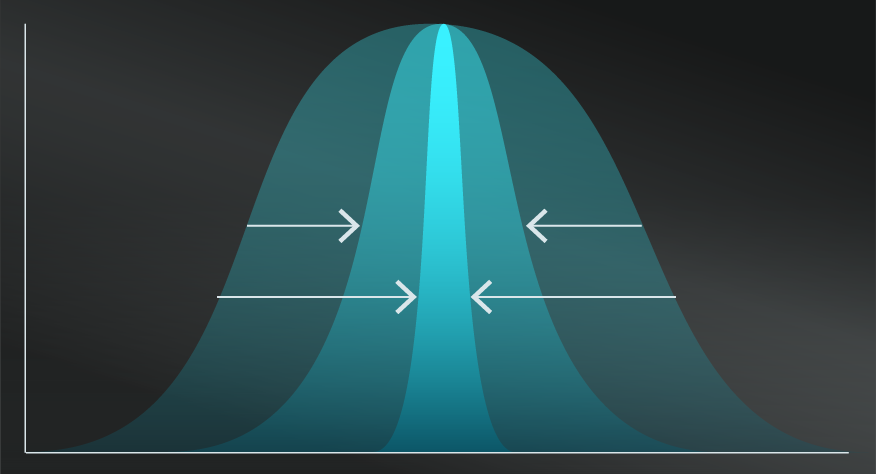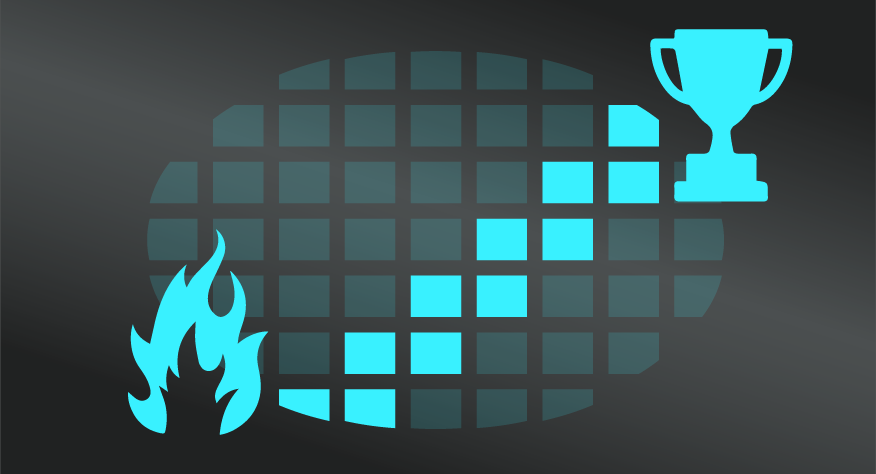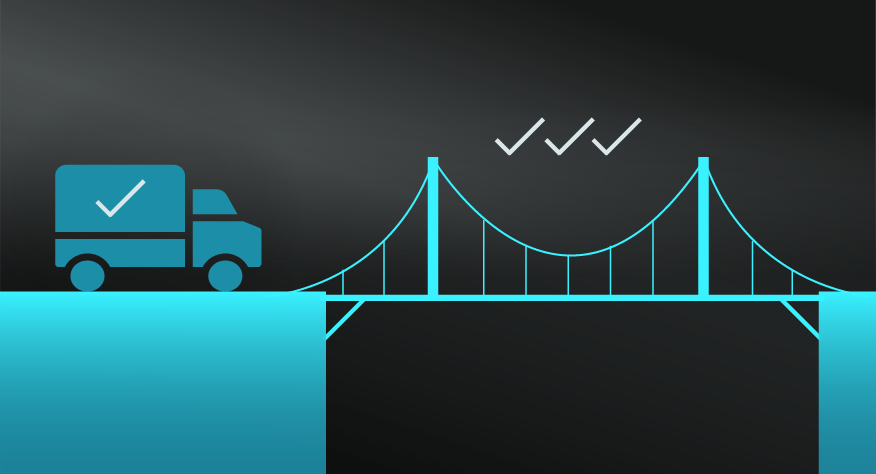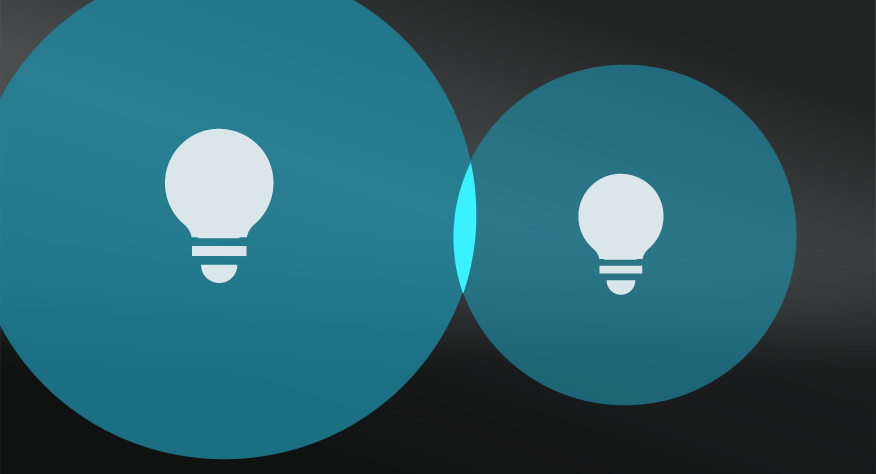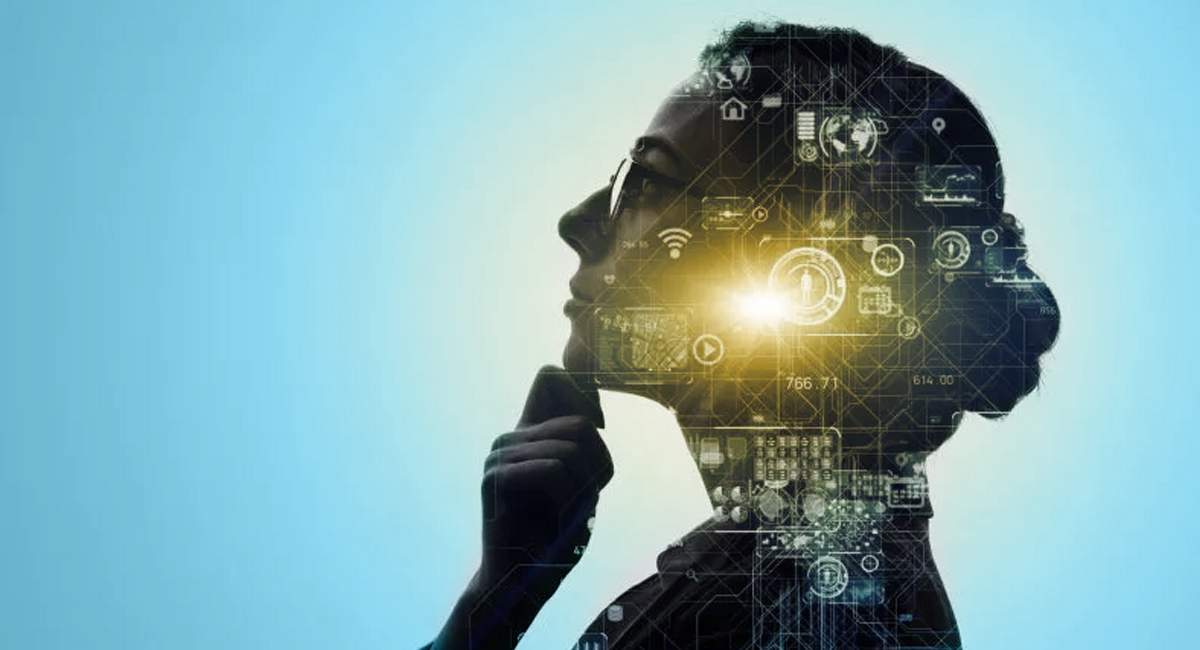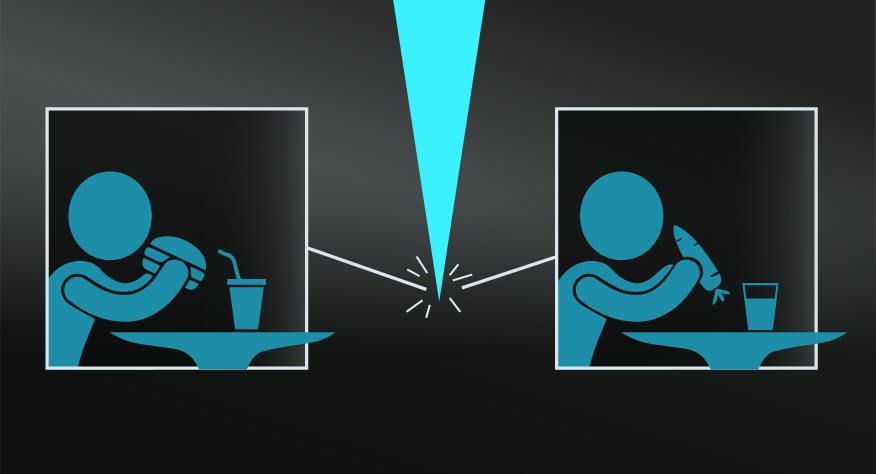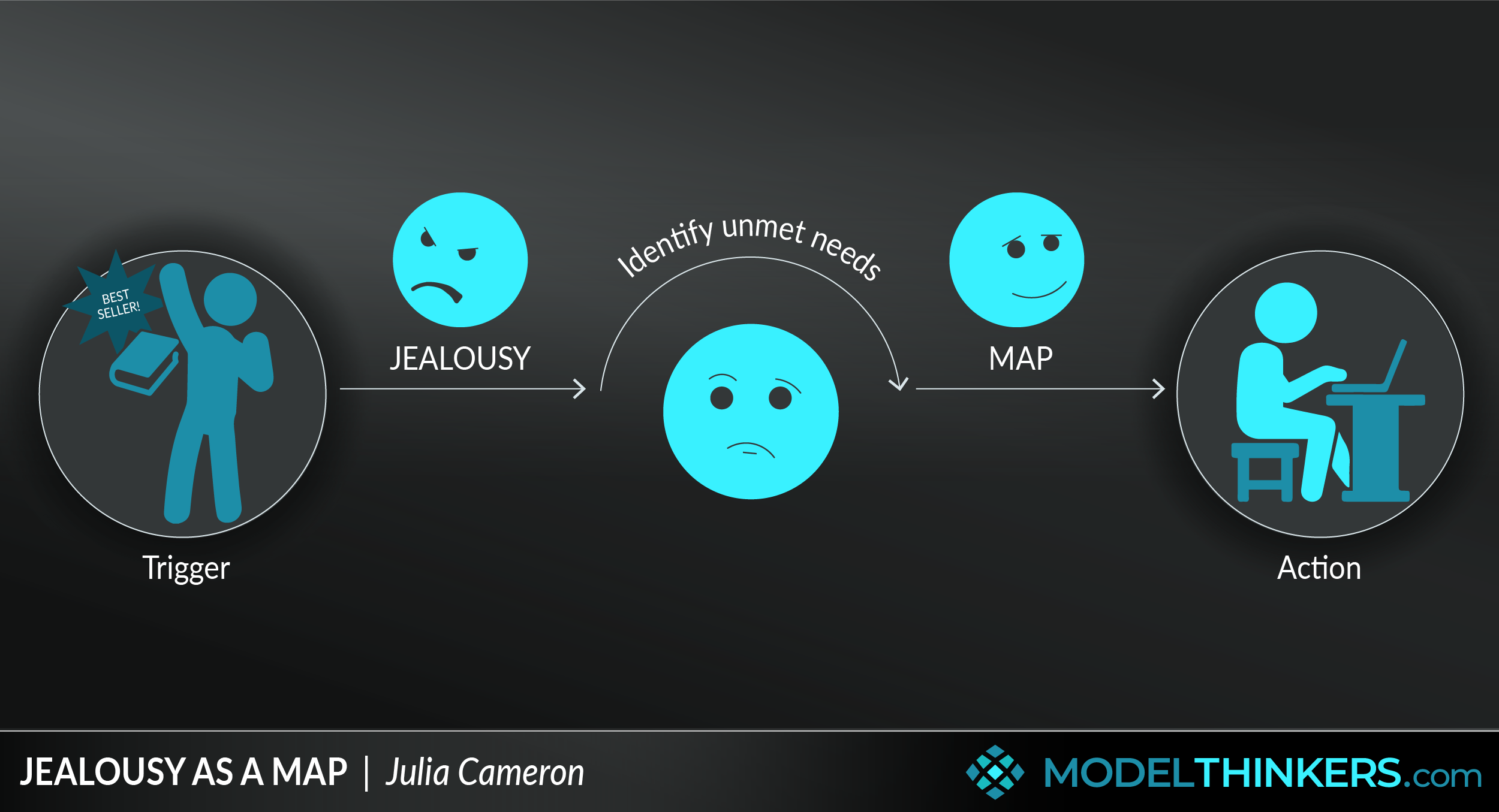
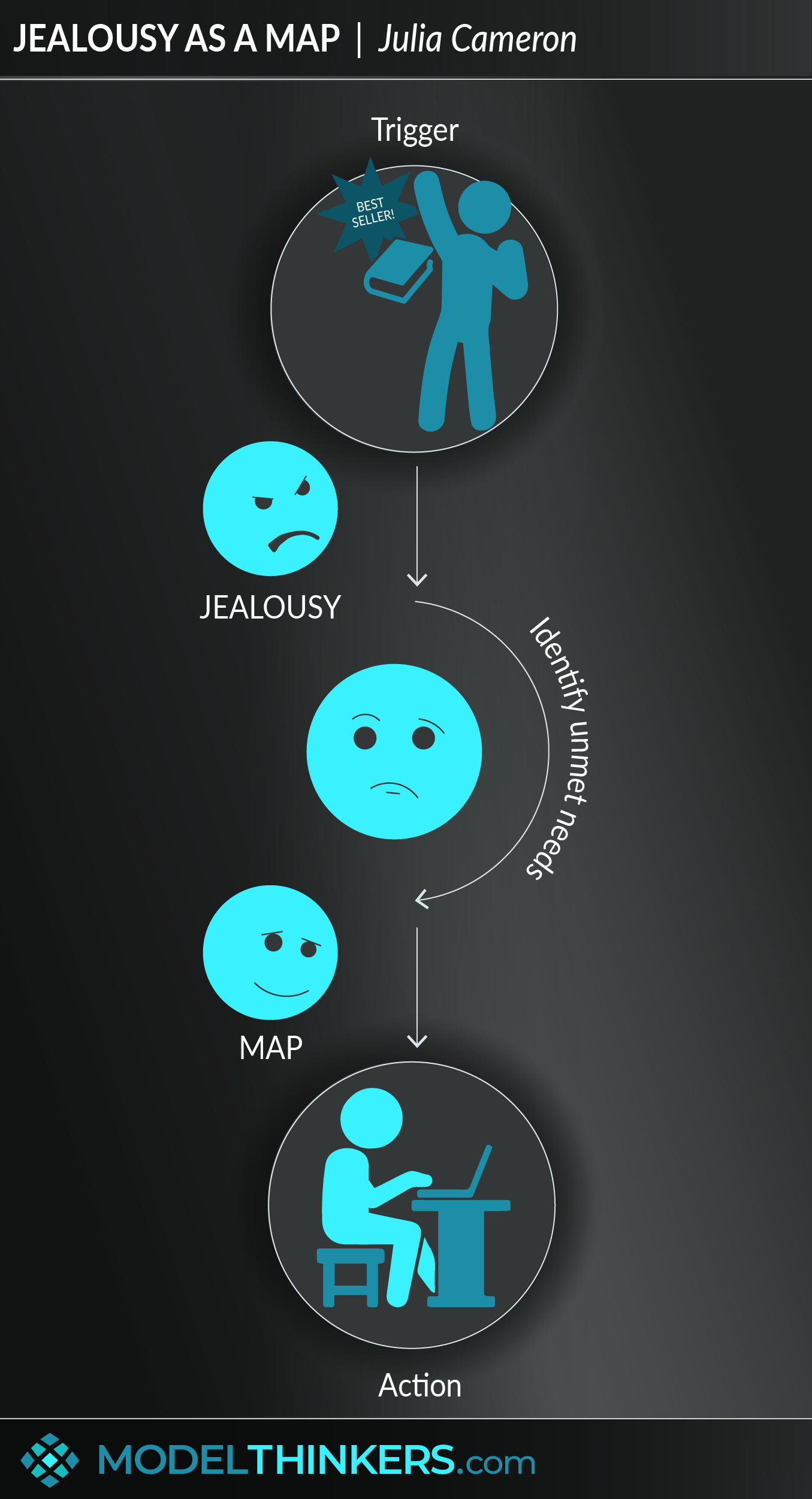
 0 saved
0 saved
 23.7K views
23.7K views








Imagine this: It’s Monday morning and you shuffle onto the train to kick off another working week. The train grinds towards the grey chaos of the city as you scroll through random feeds on your phone. You notice a post from an old school friend who's pictured reclining on a tropical beach with a cocktail. You play the video despite yourself and hear how their first book has become an international bestseller and transformed their life as a result.
If you were a better person you’d rejoice for your friend and get on with your day. Back to the reality of our flawed humanity, and you’ll more likely feel pangs of jealousy grip you. But, before you get annoyed with yourself and stuff that emotion into the dark pit of denial, consider applying this mental model instead.
In her popular book The Artist’s Way, Julia Cameron argues that you should reframe your attitude towards jealousy by using it as a map to identify your heartfelt goals and desired life direction.
JEALOUSY & ENVY.
If you want to be technical about it, the story we described earlier was more about envy. That's the discontent of wanting what someone else has. Whereas jealousy is based on the fear that someone will take something you have. But the original framing of this model used 'jealousy’, and they’re often used interchangeably in practice, so we’ve gone with it.
Either way, jealousy and envy are potentially debilitating emotions that are disdained in our culture. From being one of the seven deadly sins, right through to the go-to plot driver for countless murder mysteries. So reframing them is both powerful and provides a practical release for what otherwise might be a negative experience.
DIGGING BELOW 'NEGATIVE' EMOTIONS.
Here’s how Cameron described her approach: “Jealousy is a map. Jealousy is always a mask for fear: fear that we aren’t able to get what we want; frustration that somebody else seems to be getting what is rightfully ours even if we are too frightened to reach for it. At its root, jealousy is a stingy emotion. It doesn’t allow for the abundance and multiplicity of the universe. Jealousy tells us there is room for only one — one poet, one painter, (one photographer), one whatever you dream of being. The truth, revealed by action in the direction of our dreams, is that there is room for all of us.”
A NON-VIOLENT COMMUNICATION TWIST.
As can be seen from the image for this model, we have given Cameron’s approach a slight tweak, inspired by Non-Violent Communication. In particular, we suggest maintaining compassionate curiosity when you identify jealous or envious feelings. Importantly, rather than focusing on the specific trigger as the solution that you must pursue, we recommend digging deeper to uncover your unmet needs. By doing so, you're effectively using jealousy as a map to living a more meaningful and fulfilling life. See the Actionable Takeaways below for an example and the Toolkit for a downloadable template to apply this model.
UNLEASH CREATIVITY AND MORE.
This model was initially presented by Cameron to support people to unlock and pursue their creative dreams, however, it applies for any context. If you use it as we’ve suggested, as a prompt to explore your unmet needs, you'll also do well to refer to the downloadable tool at the bottom of the Non-Violent Communication page which lists a range of universal needs. That model and list essentially expands this concept to see all emotions, in yourself and others, as signals for unmet or met needs.
IN YOUR LATTICEWORK.
Beyond NVC, consider combining this model with Parkinson's Law to timebox how long you embrace jealousy, and Covey's Circle or Concern and Influence to remain proactive and focus your energy on things that you can actually impact. And, if you're still nervous about embracing what it takes to move towards your unmet needs, you might also want to combine this model with Jeff Bezos' Regret Minimisation Framework.




-
Be compassionate and curious when you identify jealousy in yourself.
It’s easy to reject a pang of jealousy as a negative emotion and quickly attempt to wipe it out of your mind and be angry at yourself that it exists. Instead, reframe that emotion as a signal — then use a combination of compassion and curiosity to try to understand what might be behind it.
-
Go beyond initial specifics and explore your unmet needs.
If you’re jealous of someone driving a fast shiny car, it might not be about wanting that or any car. Leveraging Non-Violent Communication techniques, use that emotion to trackback to possible unmet needs. In this case, it might be that your unmet needs are related to lacking freedom or autonomy. If that's the case, the car was simply a trigger to uncover that need, it doesn’t need to be the solution — instead, you might explore other ways to better meet those needs, such as giving yourself a holiday, less responsibility, or even insisting on more of a voice in your work and/or personal life.
-
Create and act on a jealousy map.
In The Artist’s Way, Cameron recommends creating a list of up to twenty people that you are remotely jealous of, writing down why you’re jealous next to each of their names. Then, consider what action you might take to move towards what you want (what you’re jealous of). We suggest incorporating the previous point to also identify possible unmet needs before landing on specific actions. Use the downloadable tool below for more.
The risk with this model is that you might unleash and focus on envy or jealousy without channelling those emotions towards something positive or productive.
This might be the case due to your state of mind or intense challenges you face, including real and significant blocks to changing your situation. As a result, in some instances, this focus might prove to be more destructive that helpful.
Cameron’s journey to be a playwright.
Julia Cameron shared a personal story to illustrate this model in her original post on the topic: “I, for example, have never been eaten alive over the success of women novelists. But I took an unhealthy interest in the fortunes-- and misfortunes-- of women playwrights. I was their harshest critic... until I wrote my first play.
“With that action, my jealousy vanished, replaced by a feeling of camaraderie. My jealousy had actually been a mask for my fear of doing something I really wanted to do, but was not yet brave enough to take action toward.”
Jealousy as a Map represents a powerful reframing to help uncover your unmet needs and real goals.
Use the following examples of connected and complementary models to weave Jealousy as a Map into your broader latticework of mental models. Alternatively, discover your own connections by exploring the category list above.
Connected models:
-
Non-Violent Communication: as described, this model has many connections and Jealously as a Map could be viewed as one example of NVC.
Complementary models:
-
Golden Circle: in identifying the why part of the model.
-
Ikigai: in identifying the passions that drives you.
-
Regret Minimisation Framework: Once you identify your goals, use this model to give yourself permission to go for them.
-
Circle of Control and Influence: once you identify your goals, focus on aspects within your control moving forward.
-
Parkinsons Law: timebox how long you throw yourself into jealousy.
Julia Cameron coined this phrase in a 2012 blog post, and it formed part of her work around The Artist's Way. In addition, Harvard Business Review conducted interesting research on the impact of envy at work, and how it led to people distancing themselves from successful peers who they were envious of, preventing them from learning and progressing as a result
 My Notes
My Notes
Oops, That’s Members’ Only!
Fortunately, it only costs US$5/month to Join ModelThinkers and access everything so that you can rapidly discover, learn, and apply the world’s most powerful ideas.
ModelThinkers membership at a glance:






“Yeah, we hate pop ups too. But we wanted to let you know that, with ModelThinkers, we’re making it easier for you to adapt, innovate and create value. We hope you’ll join us and the growing community of ModelThinkers today.”
